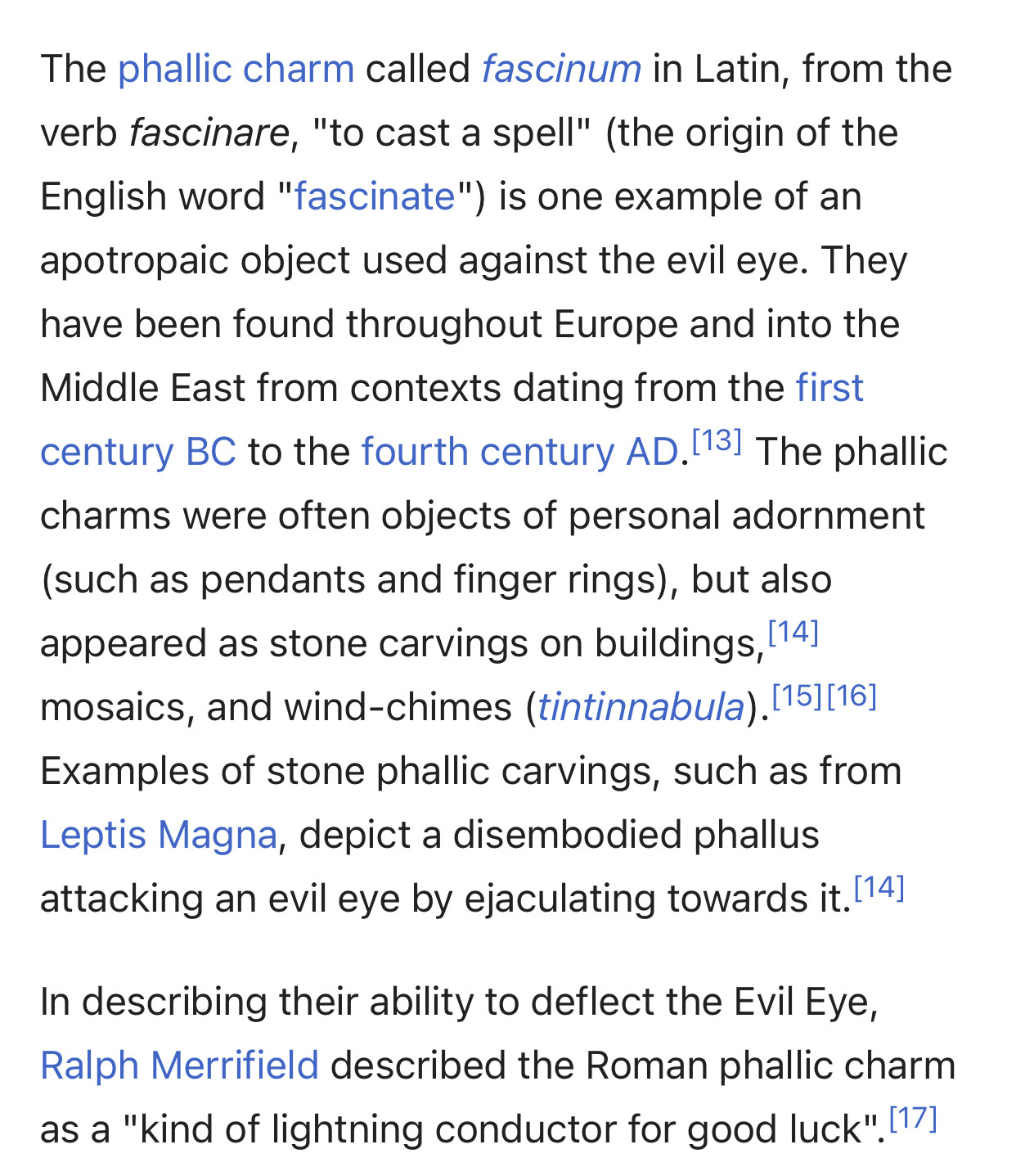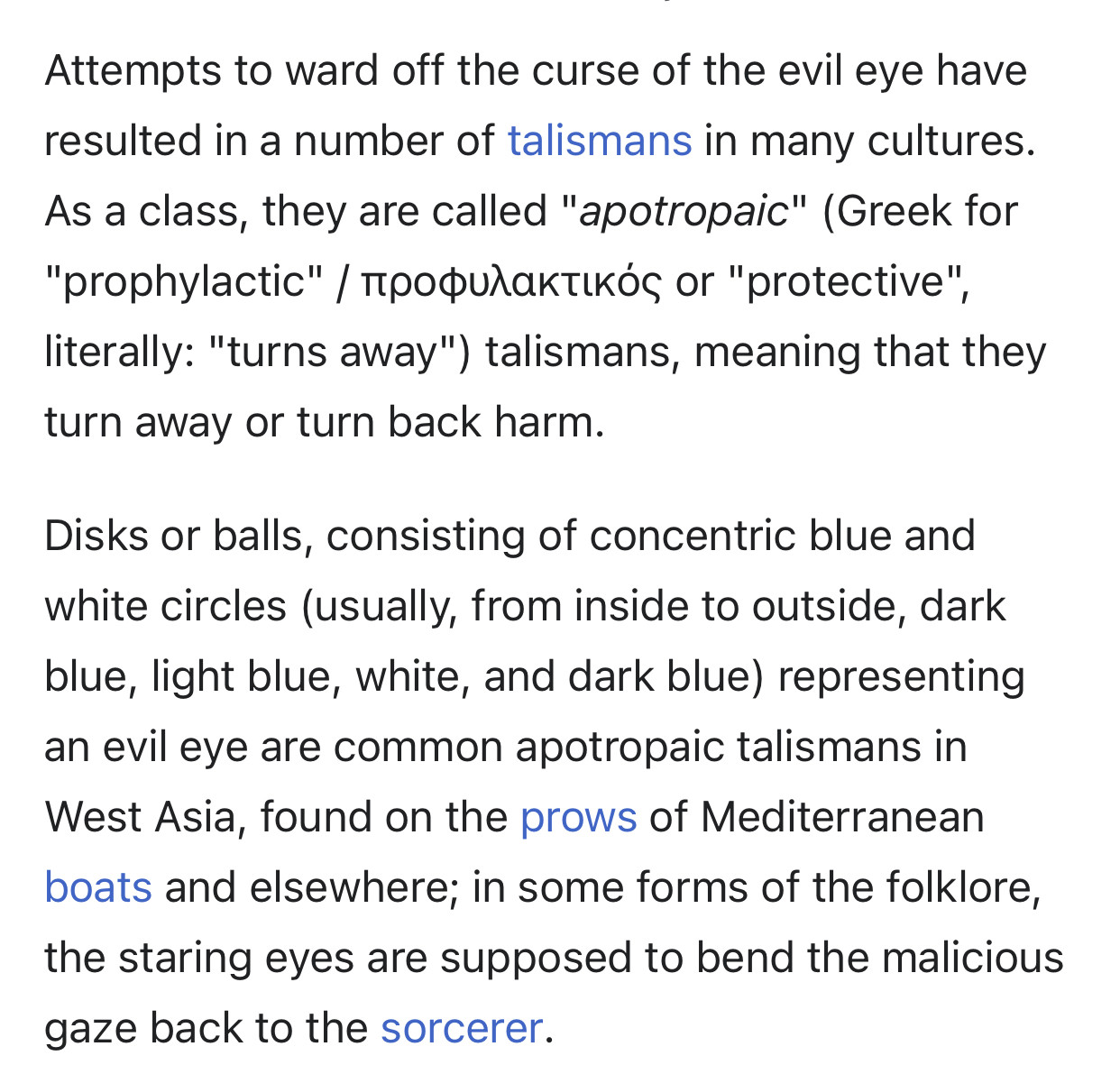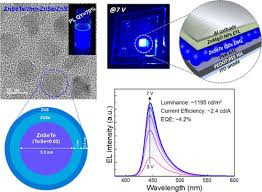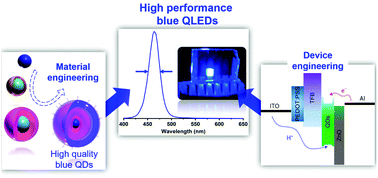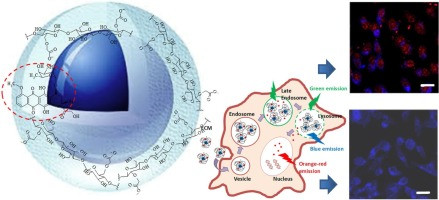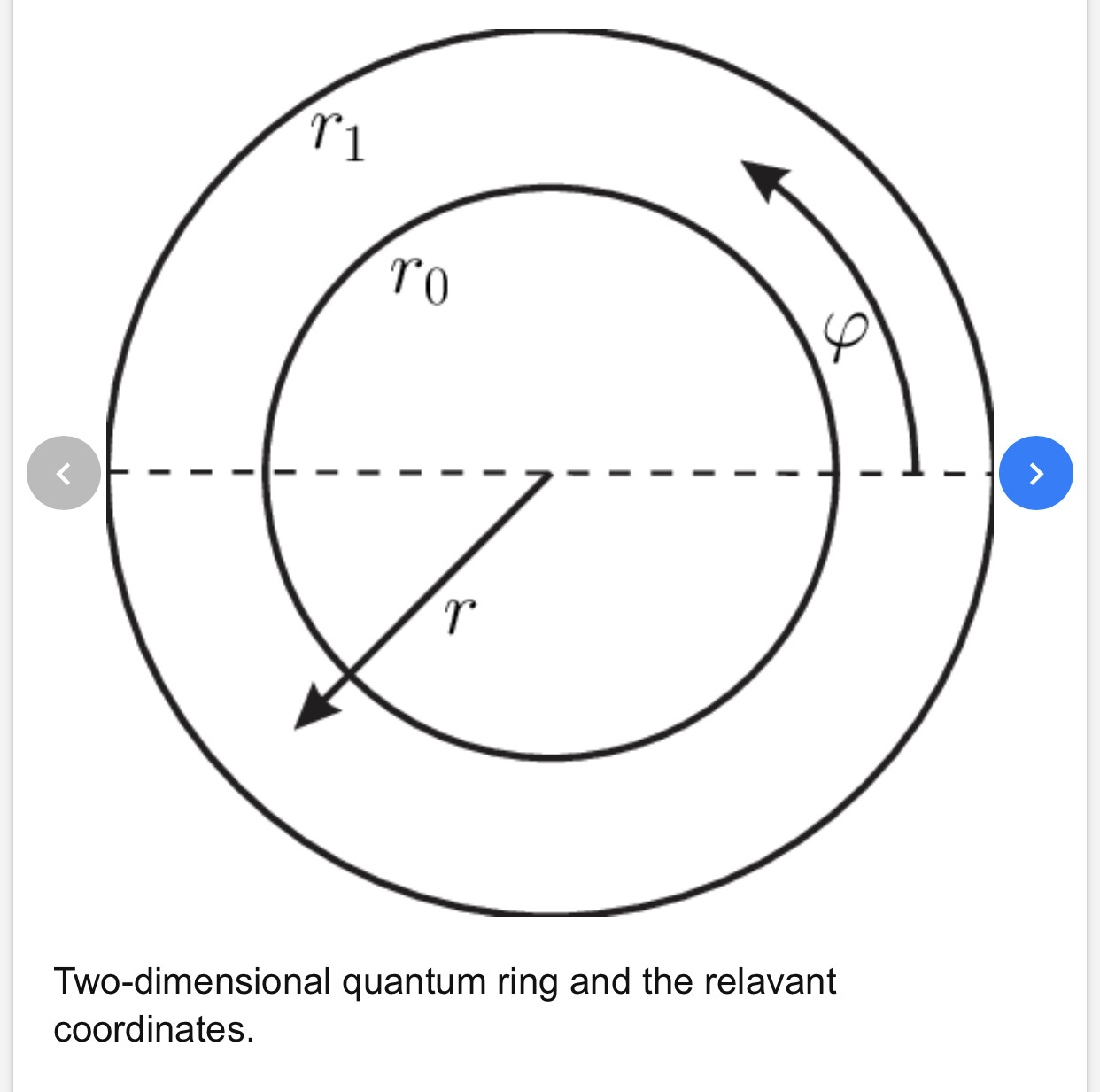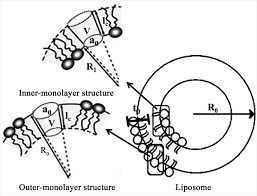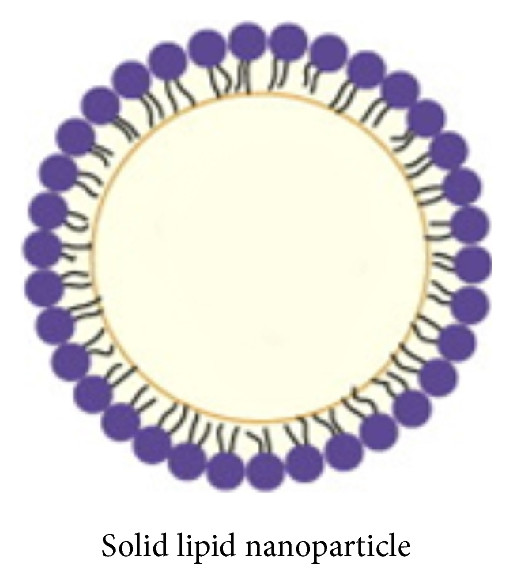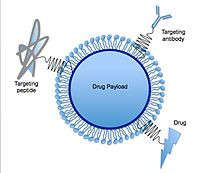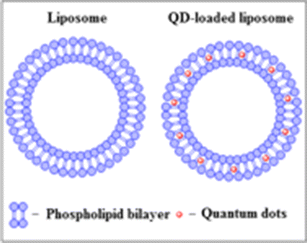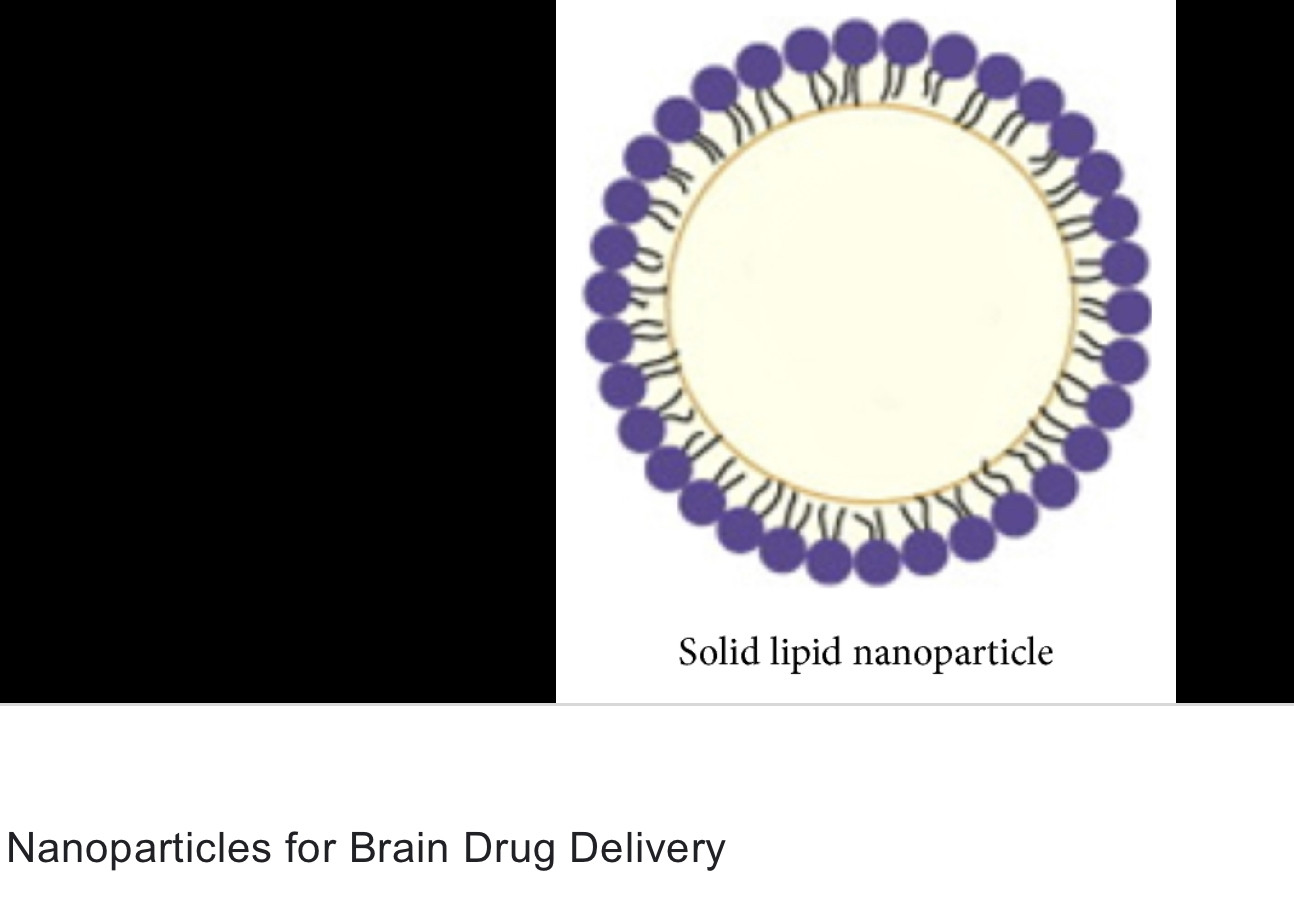This narrative...
optogenetics
/ˌɒptəʊdʒɪˈnɛtɪks/
BIOLOGY
a technique in neuroscience in which genes for light-sensitive proteins are introduced into specific types of brain cells in order to monitor and control their activity precisely using light signals.
"optogenetics allows researchers to control how nerve cells communicate"
Reminds me also to Fresnell, the foraminifera species with vacuoles filled with alga / plankton and the propagation of the light towards the internal chambers with the alga trough all their tiny holes and the glinstering wall wands of those chambers. Thats a really funny subject.>
https://en.wikipedia.org/wiki/Augustin-Jean_Fresnel
https://en.wikipedia.org/wiki/Foraminifera
https://en.wikipedia.org/wiki/Opal
https://en.wikipedia.org/wiki/Hyalite
The evil eye (Greek: Mάτι, meaning "eye", Hebrew: עַיִן הָרָע, Arabic: نظر) is a superstitious curse or legend,[1] believed to be cast by a malevolent glare, usually given to a person when one is unaware. It dates back at least to Greek classical antiquity, 6th century BCE where it appeared on Chalcidian drinking vessels, known as 'eye cups',[2] as a type of apotropaic magic.
[3] Many cultures believe that receiving the evil eye will cause misfortune or injury,[4] while others believe it to be a kind of supernatural force that casts or reflects a malevolent gaze back-upon those who wish harm upon others (especially innocents). Talismans or amulets created to protect against the evil eye are also frequently called "evil eyes".[5][failed verification] [6][failed verification] Older iterations of the symbol were often made of ceramic or clay, however, following the production of glass beads in the Mediterranean region in approximately 1500 BCE, evil eye beads were popularised with the Phoenicians, Greeks, Romans and Ottomans.[7] Blue was likely used as it was relatively easy to create, however, modern evil eyes can be a range of colors.
The first challenge was uniformity, important to ensuring a clear blue color and to prevent the LED from moving towards producing green light...
"We used a special synthetic approach to achieve a very uniform assembly, so every single particle has the same size and shape. The overall film is nearly perfect and maintains the blue emission conditions all the way through," says Dong.
Next, the team needed to tackle the charge injection needed to excite the dots into luminescence. Since the crystals are not very stable, they need stabilizing molecules to act as scaffolding and support them. These are typically long molecule chains, with up to 18 carbon-non-conductive molecules at the surface, making it hard to get the energy to produce light.
"We used a special surface structure to stabilize the quantum dot. Compared to the films made with long chain molecules capped quantum dots, our film has 100 times higher conductivity, sometimes even 1000 times higher."
This remarkable performance is a key benchmark in bringing these nanocrystal LEDs to market. However, stability remains an issue and quantum dot LEDs suffer from short lifetimes. Dong is excited about the potential for the field and adds, "I like photons, these are interesting materials, and, well, these glowing crystals are just beautiful."
Researchers at CRANN and Trinity's School of Physics have created an innovative new device that will emit single particles of light, or photons, from quantum dots that are the key to practical quantum computers, quantum communications, and other quantum devices.
The team has made a significant improvement on previous designs in photonic systems via their device, which allows for controllable, directional emission of single photons and which produces entangled states of pairs of quantum dots.
The promise of quantum computers leverages the properties of quantum bits—"qubits"—to execute computations. Current computers process and store information in bits of either 0s or 1s whereas qubits can be 0 and 1 simultaneously. That means quantum computers will have much greater computational powers over and above classical computers.
Scientists are exploring different options and designs to make quantum computing a viable reality. One proposed idea utilises photonic systems, making use of quantum properties of light at the nanoscale, as qubits.
Their system utilises single photons of light emitted in a controlled fashion in time and space from quantum emitters (nanoscale materials known as quantum dots).
Optogenetics is widely used to control diverse cellular functions with light, requiring experimenters to expose cells to bright light. Because extended exposure to visible light can be toxic to cells, it is important to characterize the effects of light stimulation on cellular function in the absence of optogenetic proteins. Here we exposed mouse cortical cultures with no exogenous optogenetic proteins to several hours of flashing blue, red, or green light.
We found that exposing these cultures to as short as 1 h of blue light, but not red or green light, results in an increase in the expression of neuronal activity-regulated genes. Our findings suggest that blue light stimulation is ill suited to long-term optogenetic experiments, especially those that measure transcription, and they emphasize the importance of performing light-only control experiments in samples without optogenetic proteins.
What are the mechanisms of gene expression?
The process of gene expression involves two main stages: Transcription: the production of messenger RNA (mRNA) by the enzyme RNA polymerase, and the processing of the resulting mRNA molecule.
so is there any way of destroying the nano particles without damaging the host?
borax- look it up
like 20 mule team borax?
https://www.sciencedirect.com/science/article/pii/S0005273604001774
https://onlinelibrary.wiley.com/doi/abs/10.1002/app.49392
https://en.m.wikipedia.org/wiki/Electromagnetic_interference
Both man-made and natural sources generate changing electrical currents and voltages that can cause EMI: ignition systems, cellular network of mobile phones, lightning, solar flares, and auroras (northern/southern lights). EMI frequently affects AM radios. It can also affect mobile phones, FM radios, and televisions, as well as observations for radio astronomy and atmospheric science.
Acoustically active liposomes for drug encapsulation and ultrasound-triggered release - ScienceDirect
Acoustically active liposomes (AAL), previously developed as ultrasound contrast agents, contain small amounts of air. These AAL have potential to car…
https://www.sciencedirect.com/science/article/pii/S0005273604001774Core–shell quantum dots suffer from photobleaching by light at wavelengths longer than their emission wavelengths?



